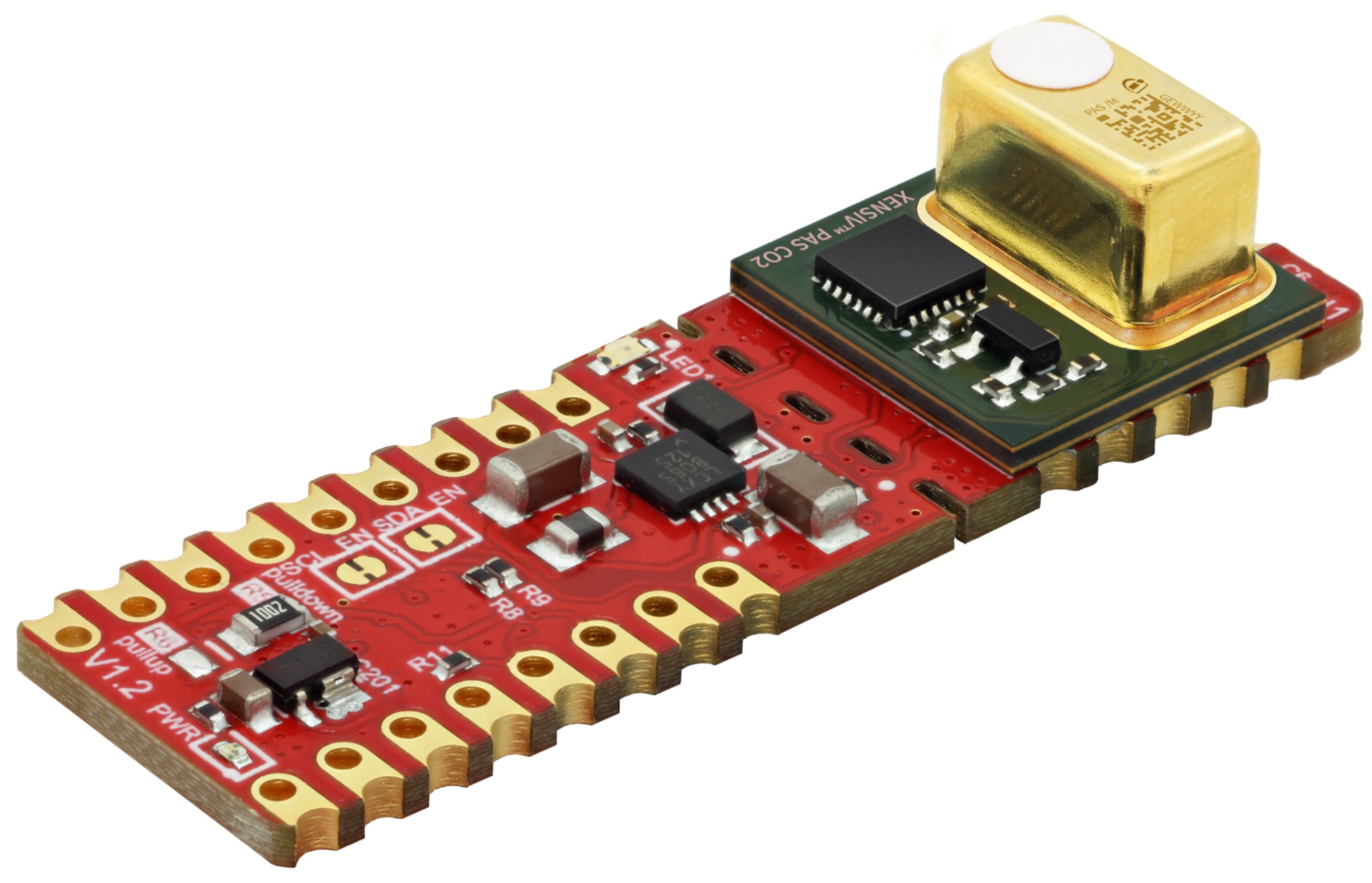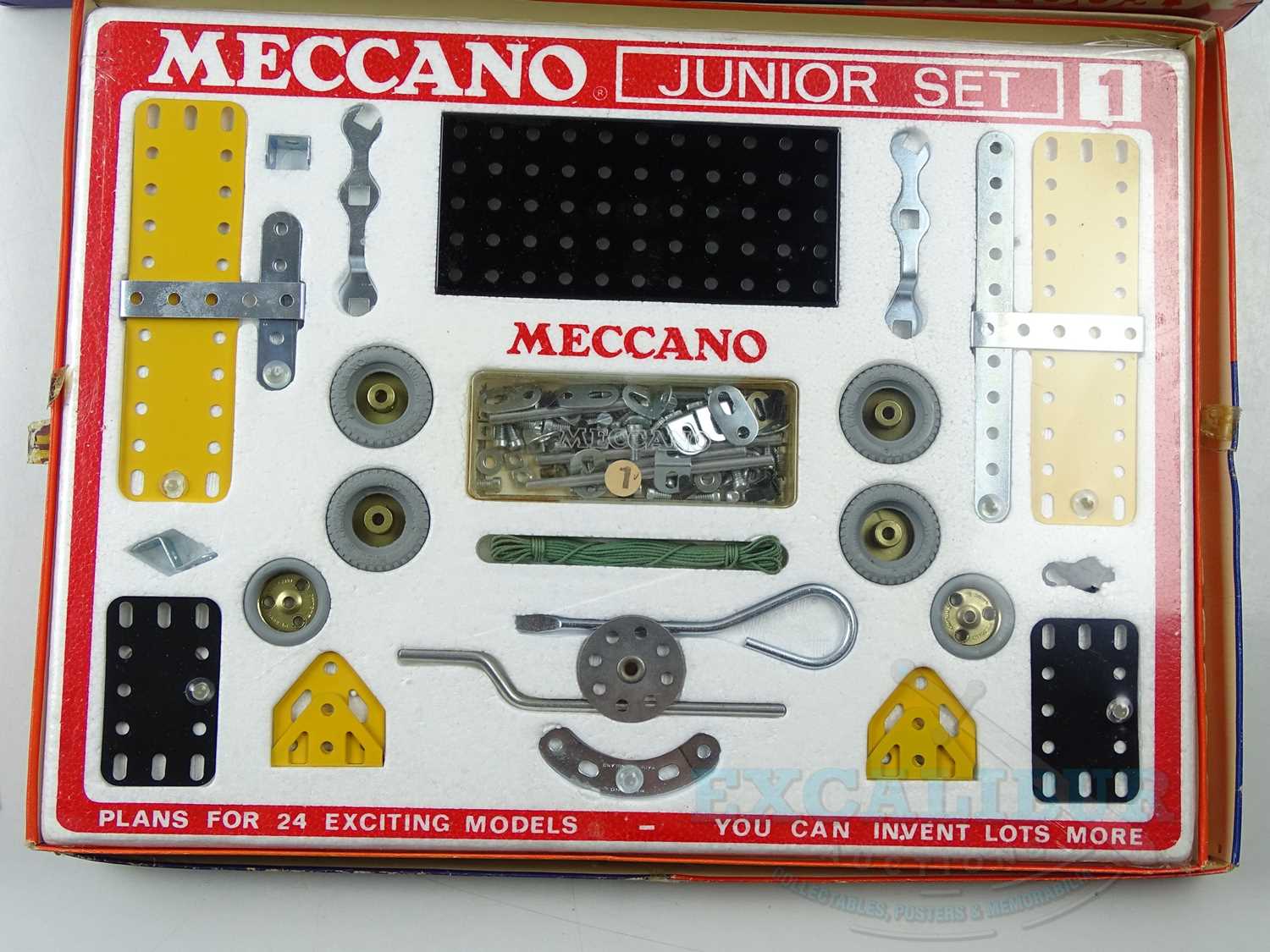
- #Check power on time of drives how to#
- #Check power on time of drives manual#
- #Check power on time of drives code#
Like the motherboard’s SATA power jack, it will only plug in one way and click when it’s properly connected. Insert the SATA data plug into the rear of the SSD gently. Motherboards usually ship with several SATA cables, so use one of them from the box when included. This cable is smaller than the SATA power cable. Unlike IDE, SATA uses a simple, thin connector to carry data. Step 3: Plug the SATA ‘Data Cable’ into the ‘SSD’ Note: Be extremely careful when plugging the SATA power connector into the SSD, as downwards pressure can break the clip, and without it, the power plug won’t stay in place. It only goes in one way, and it usually clicks when it’s connected. Locate the correct connector from your power supply and plug it into the back of your SSD. Step 2: Plug the SATA ‘Power Cable’ into the ‘SSD’ The disk gets secured with four screws, two on both sides of the case. For other case types, slide the hard disk into a spare drive bay until the screw holes in the side of the drive line up with the holes in the drive bay.
#Check power on time of drives manual#
If your PC case has drive rails or screw-less fittings, read the case’s manual for instructions on fitting your new SSD. Generally speaking, SATA power connectors reside at the end of the wires from the PSU and are usually black. SATA power connectors deliver actual power to the device and are attached to the power supply unit (PSU). Furthermore, SSDs write in blocks rather than sectors. Since SSDs are flash storage devices, they read/write data faster because they are strictly electronic rather than mechanical and electronic.

This scenario is where SSDs come into play. The problem with HDDs, even those that are 7200+ RPM speeds, is that they’re still just a spinning platter, and you can only read/write the data as fast as the drive is capable. It’s important to know that a SATA port or cable may have a rating for 3, 6, or more GB/second transfer rates, but that doesn’t mean you’ll obtain those speeds. The SATA (Serial Advanced Technology) cables are accessories used for newer PCs to connect SSDs, HDDs, and Optical drives to the motherboard. If you’re new to replacing/upgrading computer storage devices, you should know a few things before opening your computer’s case and tinkering around.īefore installing your new SSD, let’s cover the cables that connect the new drive to your PC or laptop.
#Check power on time of drives how to#
Whether you’re performing an upgrade and trying to breathe some new life into a PC or looking to build a custom computer, this article shows you how to install an SSD in your system correctly. Although these particular devices are costly compared to hard disk drives (HDDs), the performance boost you receive makes up for it. SSDs are invaluable for those who need fast load times on their computer(s). Whether you opt for a cheaper solid-state drive ( SSD) with lower capacity or a more expensive one with 1-2 terabytes (TB) of storage, installing one is relatively simple.


How to Install a New Hard Drive or SSD Drive on a PC.How and Where to Properly Install PC Cables and Wires for SSD, Panel Switches, and More.

#Check power on time of drives code#
The code continues to test if the path exists, and if not, then creates the path. That's why your double check if failing later in the code, it's actually using the same output from the first time. The variable $pathExists is created at this point and stores the outcome from that point in time. $pathExists = Test-Path -Path $Networkpath In the beginning of the code, you check to see if the path exists on these two lines $Networkpath = "X:\Testfolder" The reason your double check is failing is that you actually only check for the Path a single time. I like James' answer but want to explain why you're having this issue.


 0 kommentar(er)
0 kommentar(er)
